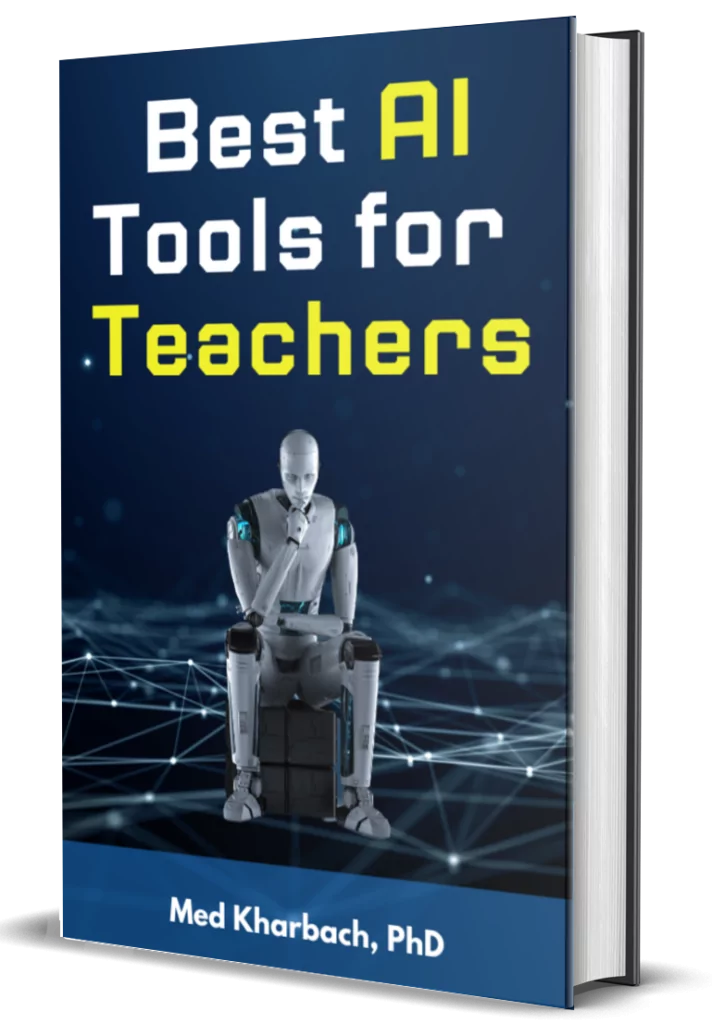Best AI tools of 2023 are the the topic of our blog post today!
I recently stumbled upon a post from Time Magazine that showcased the 200 best inventions of 2023. I know, 200 sounds like a lot, but it was the AI section that really had me leaning in. In the AI section, Time editors earmarked 14 AI inventions that they believe are the game-changers for this year.
After diving into each one, I decided to curate a list of 8 standout products from Time list.I Picked the tools that I believe have direct relevance for us in education. From audio generators that can craft classroom-specific soundscapes to AI models that can break down complex theories into digestible tidbits, these innovations hold a huge educational potential!
Best AI Tools of 2023
Here are the 8 best AI tools of 2023 sourced from Time’s list of 200 Best Inventions of 2023:
1. Adobe AI Image Generator
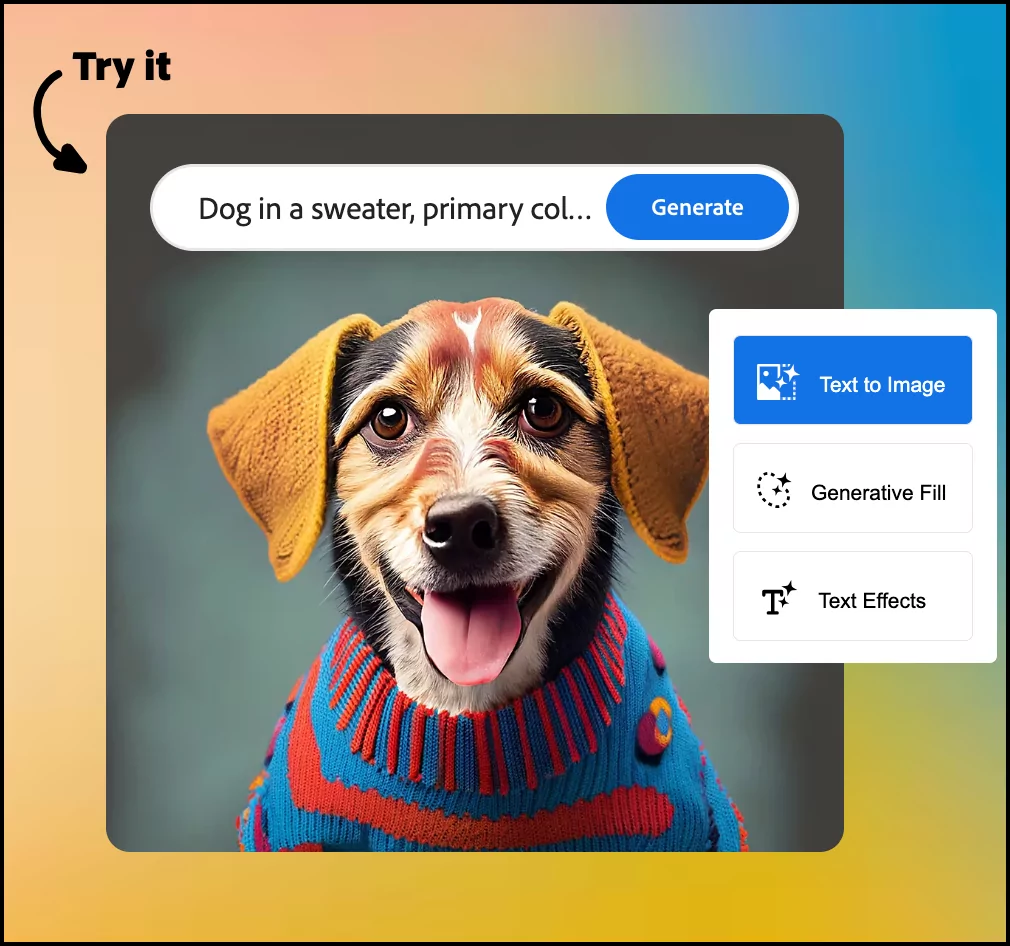
Adobe’s latest offering, powered by their Firefly engine, has two major features: Generative Expand and Generative Fill. Generative Expand is particularly revolutionary for extending the visual narrative of a photograph. Imagine you have a photo of a classroom but want to give the illusion of a larger space for an online course background; you can seamlessly fill in content beyond the original photo’s borders. On the other hand, Generative Fill lets you add or remove elements just by using text commands. For educators who often have to curate visual resources, this is a godsend. You no longer need expert-level Photoshop skills to tailor images to your lesson plans or presentations.
2. OpenAI’s GPT-4

Source: Adobe
The leap from ChatGPT to GPT-4 is astounding, not least for its capacity to outperform 90% of students on the bar exam. While it’s great at complex verbal reasoning, its ability to simplify intricate topics is what stands out for educational purposes. GPT-4 can act as an incredible teaching assistant, breaking down learning obstacles into digestible information. Just imagine using this AI to clarify abstract educational theories to parents or educators—making everyone’s life a bit easier. The voice and image inputs add another layer of interactivity, which could revolutionize remote learning experiences.
3. Runway Gen-2

Source: Runway Research
Runway’s Gen-2 is a creative powerhouse for generating videos from mere text, images, or existing videos. As someone who’s worked on creating educational materials, I can attest that this tool can reduce the labor hours spent on generating engaging content. For instance, you can turn your lesson plans into interactive videos with relative ease. The Google-backed engine ensures high-quality results, potentially raising the bar for educational content.
4. FeaturePrint

Source: FeaturePrint
FeaturePrint is like the Sherlock Holmes of AI technologies, spotting minutiae to identify the authenticity of physical items. In educational research, being able to verify the authenticity of physical resources can be invaluable. Whether it’s a historical artifact for a classroom or even a piece of educational tech, this kind of verification can build trust and integrity around learning materials.
5. Master Translator by Meta
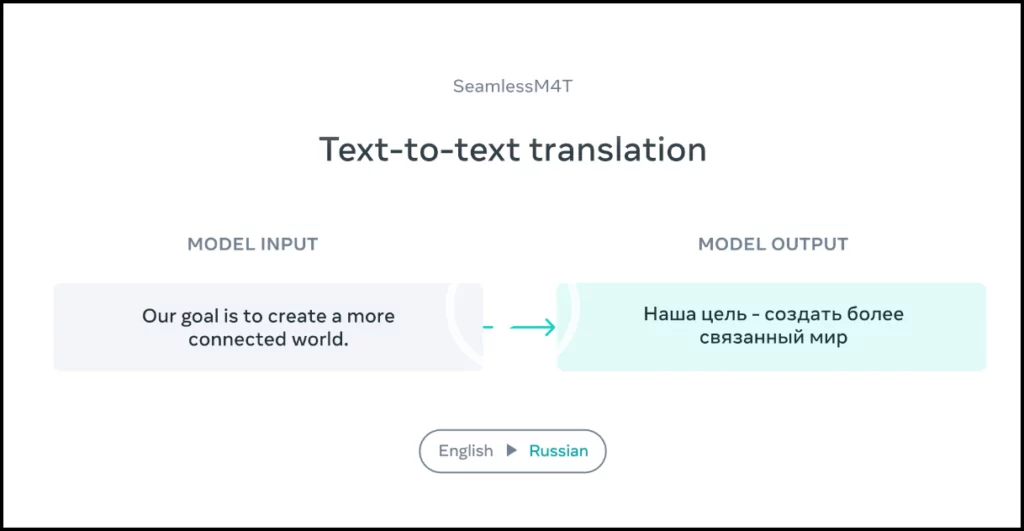
Source: Meta
Language barriers in education are a perennial issue. Meta’s Master Translator can understand nearly 100 languages and translate them in real-time across various formats. For a multicultural classroom or for educators who are creating content for a global audience, this tool is priceless. It also cuts down on errors, making communication more efficient. Imagine conducting a parent-teacher meeting with non-English speaking parents; Master Translator can help bridge the linguistic gap, fostering a more inclusive educational environment. For more resources, check out our AI translators post.
6. Stable Audio
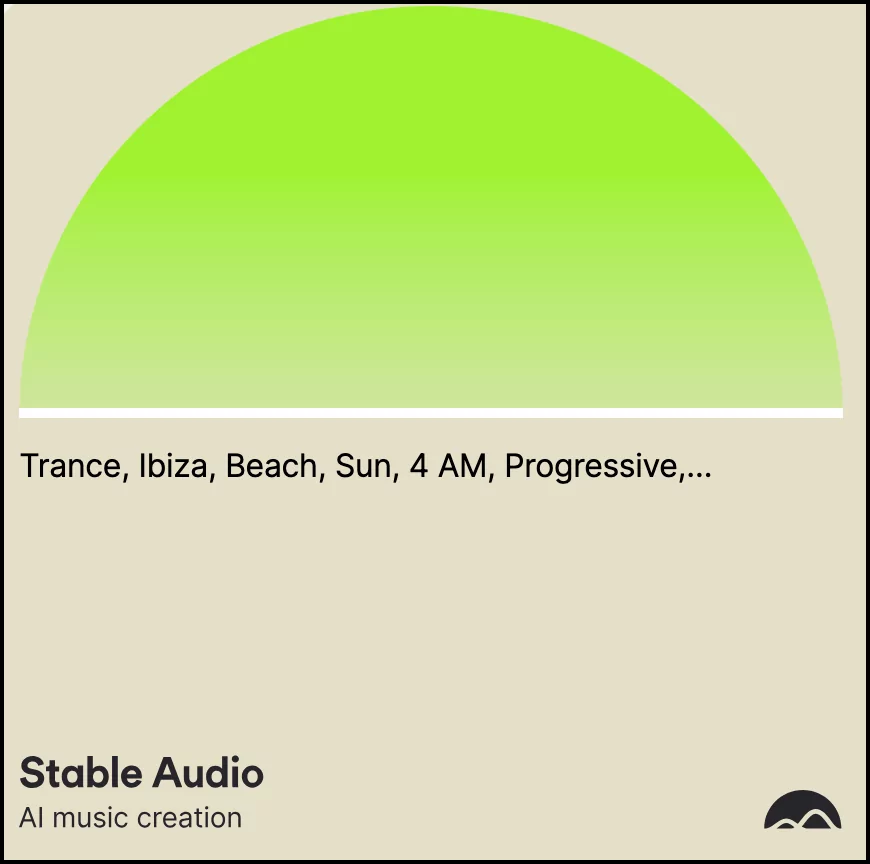
Source: Stable Audio
Stable Audio, developed by Stability AI, uses generative AI to create virtually any sound or song based on text prompts. With a massive dataset from a legal stock audio website, this tool isn’t just a plaything; it has practical applications, especially in education. Imagine creating custom background audio for instructional videos or interactive e-learning modules. You don’t need to scour the web for the “just-right” tune; you can generate it yourself. This could significantly cut down on the time educators spend on sourcing or even purchasing audio resources. Plus, it opens the door to more creative classroom projects where students can craft their own audio landscapes. For more resources, check out our AI Music Generators post.
7. OpenAI Dall-E 3

Source: DALL-E 3
OpenAI’s DALL-E 3 aims to redefine the realm of image generation. While its predecessor required users to learn a new technical language to get optimal results, DALL-E 3 integrates with ChatGPT for a more intuitive, conversational approach. As someone who’s constantly on the lookout for new ed-tech tools, I find this fascinating. Think about how much easier it would be for teachers and students to generate custom visual aids, whether for lesson plans, presentations, or reports. And since it’s conversationally driven, the learning curve is reduced, making tech integration more accessible for teachers who may not be as tech-savvy. A powerful alternative is AI Canva Studio.
8. Project Gutenberg Open Audiobook Collection
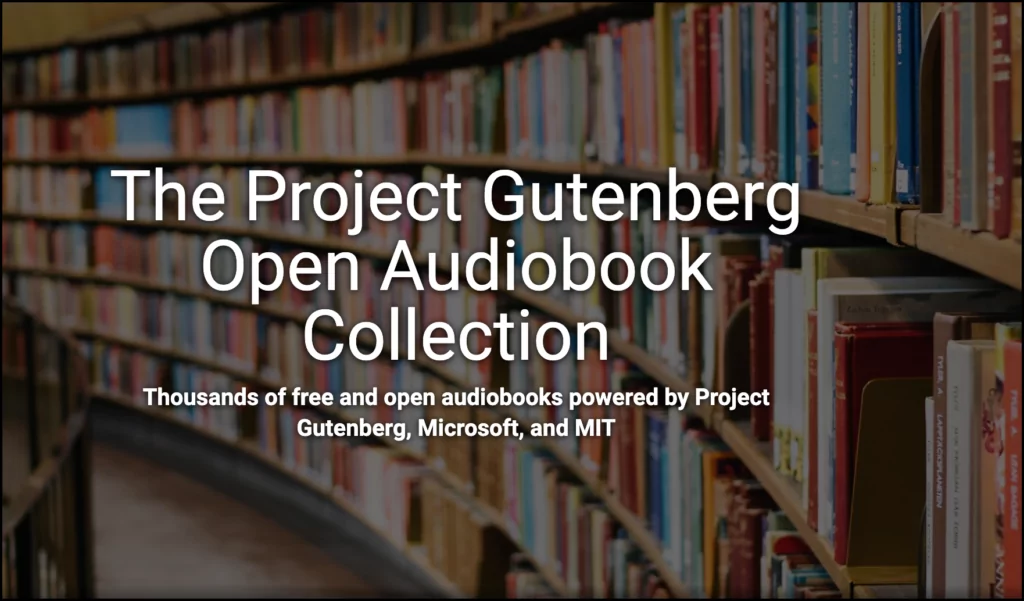
The venerable Project Gutenberg has teamed up with Microsoft and MIT to offer something genuinely remarkable: a collection of 5,000 free, synthetically narrated audiobooks available on Spotify. While Project Gutenberg itself is a fantastic resource, the addition of audiobooks takes it to another level. I can’t overstate the value of audiobooks in education—they’re an excellent tool for auditory learners, struggling readers, or students with disabilities. Also, they can make literature more accessible to people who might not otherwise engage with it. The fact that the software behind this is open source is the cherry on top, enabling educators to potentially create their own audio resources.
Final thoughts
As we navigate through an era marked by rapid advancements in AI, it’s invigorating to consider the plethora of ways these inventions could enrich the educational landscape. Whether you’re an educator, researcher, or parent, these tools offer promising avenues for enhancing teaching and learning experiences. But remember, the best tech tools are those that serve our core educational goals, not distract from them. So, take a moment to let the possibilities simmer and think about how these innovations can be woven into your educational tapestry.
On a related note, I’m currently working on another post that zeroes in on the best AI tools specifically designed for teachers in 2023. I’m pretty stoked about it, and I think you will be too. Keep an eye out for that; it should be hitting the blog sometime next month. Until then, stay tuned and keep pushing the boundaries of what technology can do for education.



